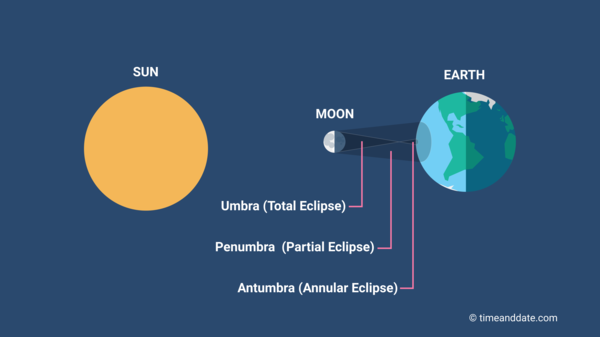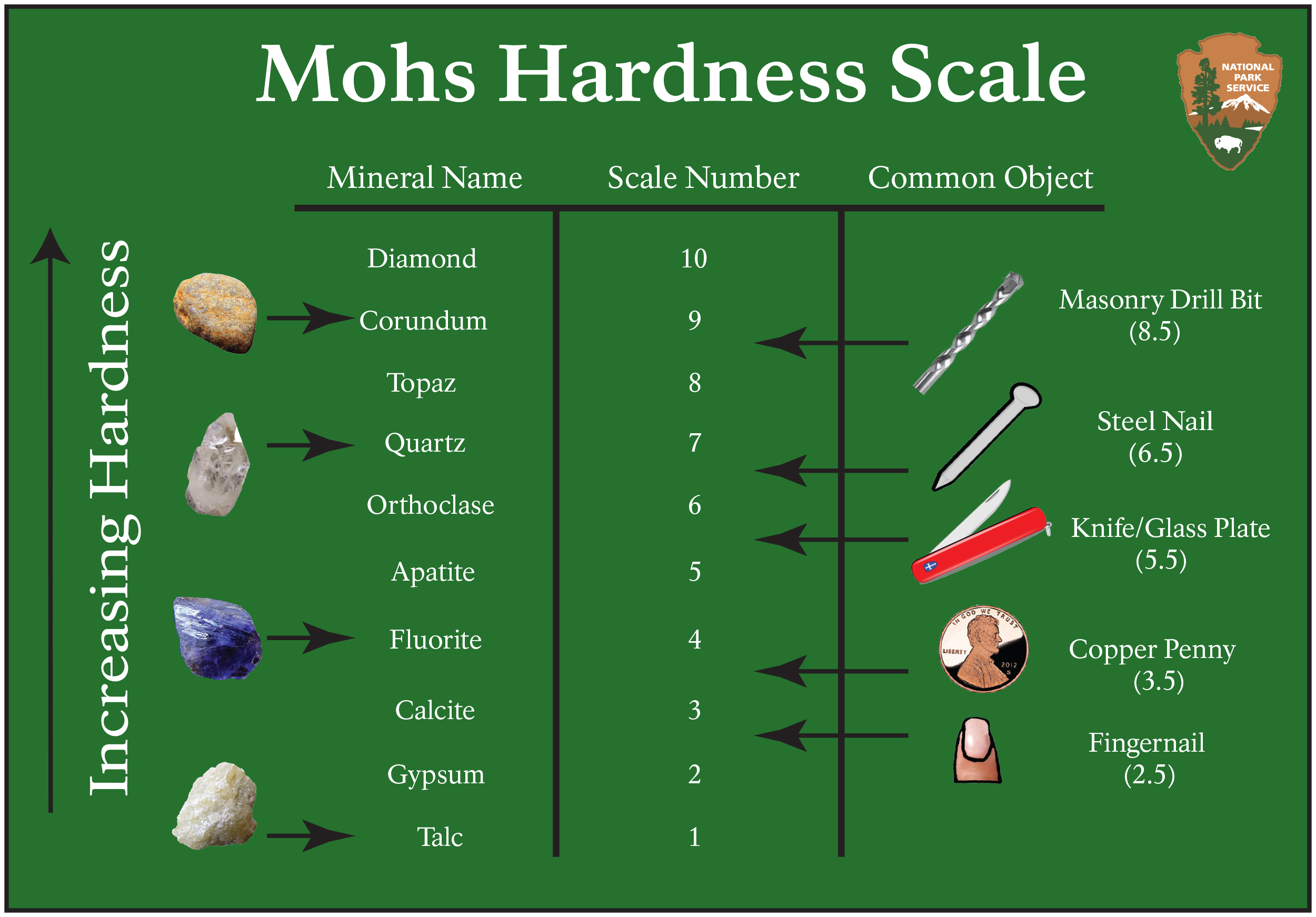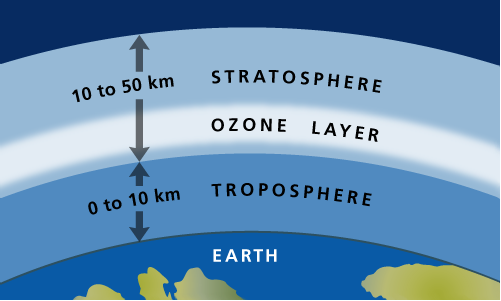______ is anything that occupies space and has mass.
A. Matter
B. Volume
C. Force
D.Length
A. Matter
Matter is "anything that has mass and volume (occupies space)". For example, a car would be said to be made of matter, as it has mass and volume (occupies space).
What is the branch of science that deals with the study of plants?
A. Zoology
B. Botany
C. Genetics
D. Botany
C. Botany
Botany: Study of plants
Genetics: The study of heredity.
Zoology: The science that covers animals and animal life.
Paleontology: The science of the forms of life that existed in prehistoric or geologic periods.
_______ is the time rate at which an object is moving along a path.
A. Velocity
B. Speed
C. Distance
D. Displacement
B. Speed
Speed is the time rate at which an object is moving along a path, while velocity is the rate and direction of an object's movement. Put another way, speed is a scalar value, while velocity is a vector.
1. What is the 6th planet from the sun?
A. Jupiter
B. Saturn
C. Mars
D. Neptune
B. Saturn
These are the only two planets in our solar system without moons.
A: Mercury & Venus
B: Venus & Mars
C: Uranus & Neptune
D: Neptune & Pluto
A: Mercury & Venus.
As far as we know, Saturn has the most moons. Saturn has at least 25 satellites that measure at least 6 miles (10 kilometers) in diameter, and several smaller satellites. The largest of Saturn's satellites, Titan, has a diameter of about 3,200 miles (5,150 kilometers) -- larger than the planets Mercury and Pluto.
What is the universal solvent?
A. Acetone
B. Methanol
C. Ethanol
D. Water
D. Water
Water is known as the universal solvent. It has the ability to dissolve more substances than any other liquid.
__________is a laboratory instrument used to examine objects that are too small to be seen by the naked eye.
A. Microscope
B. Stethoscope
C. Telescope
D. Binocular
A. Microscope
The microscope and telescope are two optical devices and are used for different purposes. The microscope is an optical device that is used to see very small objects ( Unicellular organisms), While telescopes is an optical instrument that is used to see very large objects in space.
What gas makes up the majority of our atmosphere?
A. Oxygen
B. Carbon
C. Nitrogen
D. Argon
C. Nitrogen
The air in Earth's atmosphere is made up of approximately 78 percent nitrogen and 21 percent oxygen. Air also has small amounts of other gases, too, such as carbon dioxide, neon, and hydrogen.
This geologic formation may be found overhead if you are in a cave.
A. stalactites
B. stalagmites
C. mightymites
D. termites
A. stalactites.
The ones growing downward are stalactites, the ones growing upward are stalagmites. Stalactites are formed by the deposition of calcium carbonate and other minerals, which is precipitated from mineralized water solutions.
What is Earth's dark shadow called?
A. Penumbra
B. Corona
C. Umbra
D. Radiant
C. Umbra
The dark, inner shadow of planet Earth is called the umbra. Shaped like a cone extending into space, it has a circular cross section most easily seen during a lunar eclipse.

1. What is the chemical symbol for Potassium?
A. P
B. K
C. Po
D. Pt
B. Potassium
The word potassium stems from the English “pot ash,” which was used to isolate potassium salts. We get K from the name kalium, given by the German chemist Martin Heinrich Klaproth,
The powerhouse of the cell is called _______
A. Mitochondria
B. Chloroplast
C. Golgi Apparatus
D. Nucleus
A. Mitochondria
Mitochondria are tiny organelles inside cells that are involved in releasing energy from food.
What law states that for every action there is an equal and opposite reaction?
A. Law of Inertia
B. Law of Accelaration
C. Law of Interaction
D. Newton's First Law
C. Law of Interaction
His third law states that for every action (force) in nature there is an equal and opposite reaction. If object A exerts a force on object B, object B also exerts an equal and opposite force on object A. In other words, forces result from interactions.
What is the most strong typhoon that hit the Philippines?
A. Odette
B. Yolanda
C. Ondoy
D. Bising
B. Yolanda
Haiyan, called Yolanda in the Philippines, was the deadliest cyclone on record in the country, leaving more than 7,300 people dead or missing
One Jupiter day is equal to which of the following?
A. 30 hrs 40 min
B. 9 hrs 50 min
C. 3 hrs 20 min
D. 52 hrs 10 min
B. 9 hrs 50 min
Jupiter is the fastest rotating body in our Solar System.
What is the 9th hardest mineral according to the Mohs Scale of mineral hardness?
A. Quartz
B. Topaz
C. Corundum
D. Diamond
C. Corundum 
_______ is the basic structural and functional unit of all organisms.
A. Cell
B. Tissue
C. Organ
d. Organ system
A. Cell
Cells are the basic building blocks of all living things. The human body is composed of trillions of cells.
Which of the following speeds is faster?
A. The speed of sound
B. The speed of light
C. The speed of electricity
D. The speed of water
B. The speed of light
Nothing can travel faster than 300,000 kilometers per second (186,000 miles per second). Only massless particles, including photons, which make up light, can travel at that speed. It's impossible to accelerate any material object up to the speed of light because it would take an infinite amount of energy to do so.
The ozone layer is located in which region of the atmosphere?
A. Troposphere
B. Thermosphere
C. Mesosphere
D. Stratosphere
D. Stratosphere
The ozone layer lies approximately 15-40 kilometers (10-25 miles) above the Earth's surface, in the stratosphere.

Only one planet in the solar system has a day which lasts longer than its year. Name this planet.
A. Mercury
B. Venus
C. Earth
D. Mars
B. Venus
A day on Venus is longer than a year. It takes Venus longer to rotate once on its axis than to complete one orbit of the Sun. That's 243 Earth days to rotate once – the longest rotation of any planet in the Solar System – and only 224.7 Earth days to complete an orbit of the Sun.
What is the pH level of lemon?
A. 1
B. 2
C. 3
D. 4
B. 2
Who is the father or genetics?
A. Charles Darwin
B. Albert Einstein
C. Gregor Mendel
D. Isaac Newton
C. Gregor Mendel
Who was the first scientist to win the Nobel Prize in Physics with his discovery of X-rays?
A. Wilhelm Roentgen
B. Pierre Curie
C. Max Planck
D. Isaax Newton
A. Wilhelm Roentgen
Wilhelm Conrad Röntgen, Röntgen also spelled Roentgen, (born March 27, 1845, Lennep, Prussia [now Remscheid, Germany]—died February 10, 1923, Munich, Germany), physicist who received the first Nobel Prize for Physics, in 1901, for his discovery of X-rays, which heralded the age of modern physics
The first Earth Day was celebrated in this year is _______
A. 1950
B. 1960
C. 1970
D. 1980
C. 1970
The first Earth Day was celebrated on April 22, 1970, and has been celebrated each year following on April 22nd. The original purpose of Earth Day was to inspire people to think and act more environmentally. Earth Day falls on or around the birthdays of several environmental spokespersons.
The greatest distance of a planet from the sun is called what? Is it the planet's:
A. aphelion
B. perihelion
C. helix
D. eccentricity
A. aphelion
"We make our closest approach to the Sun (147.5 million km) in January -- that's called perihelion. We're at the greatest distance (152.6 million km), or aphelion, in July